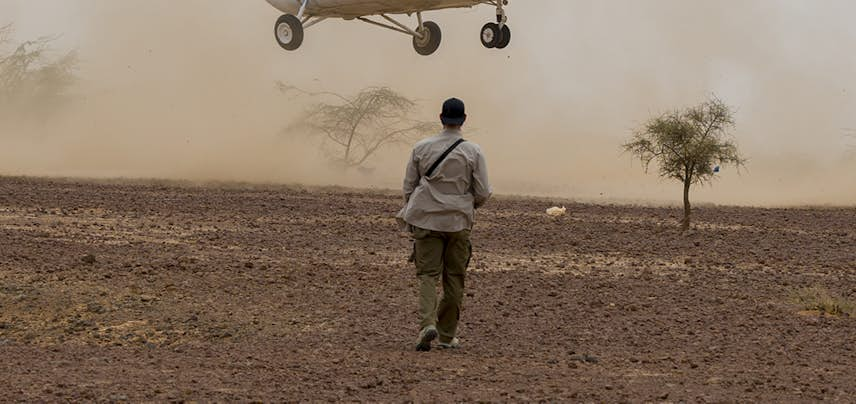Introduction
In 2022, fatal droughts and floods wreaked havoc from Pakistan to the Horn of Africa. Russia’s war in Ukraine unleashed the largest wave of forced displacement on European soil since the second world war, and more than 100 million people are now displaced worldwide. Soaring food prices, further aggravated by the conflict in Ukraine, have triggered a global crisis that has led to several million additional people being pushed into extreme poverty, worsening hunger and malnutrition. All these crises are in addition to the devastation left by the COVID-19 pandemic among the most vulnerable populations.
While in 2022 humanitarian organisations helped 157 million people, according to the Office for the Coordination of Humanitarian Affairs (OCHA), humanitarian needs increased faster than funding and at the end of 2022 there was a deficit of nearly 50%.
One of the flagship achievements of the Directorate for Development Cooperation and Humanitarian Affairs in 2022 was the publication of its new strategy for humanitarian action, a revision of the previous version, which dated from 2013. The new strategy is divided into six cross-cutting priorities, six strategic objectives and 50 action points, and also sets a minimum rate of 15% of the country’s overall ODA for humanitarian action. With this percentage, Luxembourg is one of the first countries setting out to place structural importance upon its humanitarian action. This step will also allow its partners’ programming to be more predictable and effective. Minister Fayot presented the strategy to the Chamber of Deputies on 11 July and to the general public at a press conference on 19 August. Following these presentations, the Humanitarian Affairs Directorate disseminated it widely in relevant forums and presented it at meetings in Geneva, Brussels, New York and Rome.
